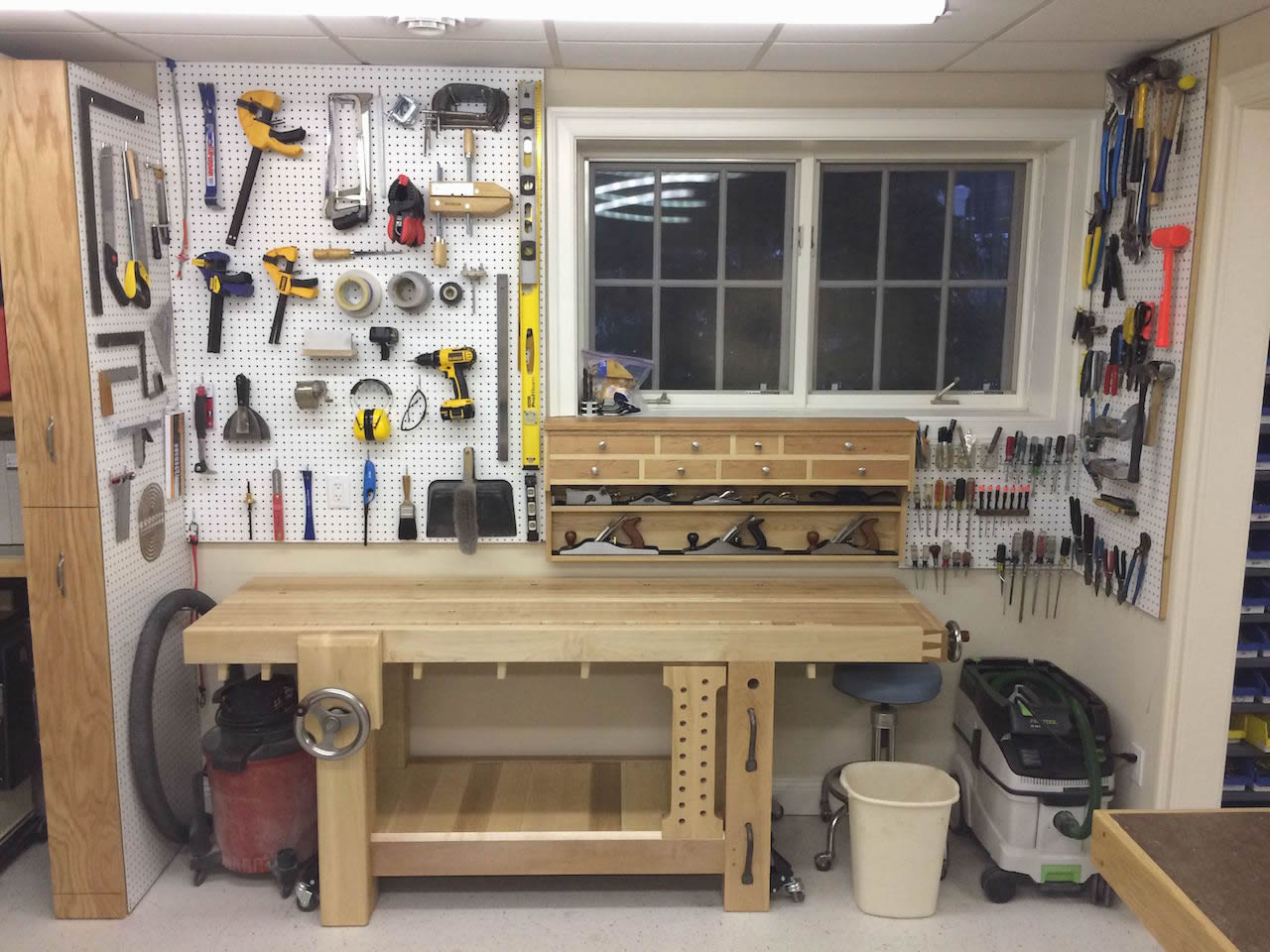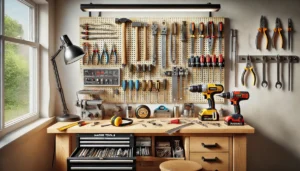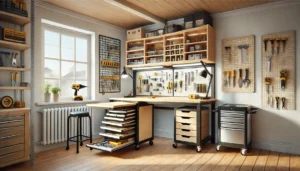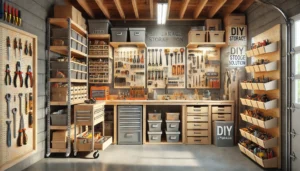
Decorating a small space can be a challenging yet rewarding task. The key is to create a visually appealing and functional environment without making it feel cramped or cluttered. With thoughtful planning and creative solutions, you can transform your small space into a stylish and comfortable haven. In this article, we’ll explore various decoration tips and strategies to help you make the most of your small living area.
The Power of Light Colors
One of the most effective ways to make a small space feel larger and more open is to use light colors. Light colors reflect more light, creating a brighter and more airy atmosphere.
Walls and Ceilings:
Paint your walls and ceilings in light, neutral colors such as white, beige, or light gray. These colors can make a room feel more spacious and inviting.
Consider using a slightly lighter shade on the ceiling to give the illusion of height.
Furniture and Decor:
Choose furniture and decor in light colors to maintain a cohesive and open look. Light-colored furniture can blend seamlessly with the walls, creating a more unified and spacious feel.
Add pops of color through accessories like cushions, rugs, and artwork to keep the space interesting without overwhelming it.
Maximizing Natural Light
Natural light can significantly enhance the look and feel of a small space. It not only brightens the room but also makes it feel larger and more welcoming.
Windows:
Keep window treatments light and airy. Sheer curtains or blinds that can be fully opened will allow maximum light to enter the room.
Avoid heavy drapes or dark-colored curtains that can block natural light and make the space feel smaller.
Mirrors:
Strategically place mirrors to reflect natural light and create the illusion of more space. Mirrors can make a room feel brighter and more expansive.
Consider placing a large mirror opposite a window to maximize light reflection.
Glass and Reflective Surfaces:
Use furniture and decor with glass or reflective surfaces to enhance light reflection. Glass coffee tables, mirrored cabinets, and metallic accents can all contribute to a brighter and more open space.
Multi-functional and Space-Saving Furniture
In a small space, every piece of furniture needs to earn its keep. Multi-functional and space-saving furniture can help you make the most of your limited square footage.
Sofa Beds:
A sofa bed can serve as both a seating area and a sleeping space, making it ideal for studio apartments or guest rooms.
Foldable Tables:
Foldable tables can be used as dining tables, desks, or workstations and can be easily folded away when not in use.
Storage Ottomans:
Storage ottomans provide a place to sit or rest your feet while also offering hidden storage for blankets, pillows, and other items.
Wall-Mounted Desks:
Wall-mounted desks can be folded down when needed and folded up when not in use, saving valuable floor space.
Creative Storage Solutions
Effective storage is crucial in small spaces to keep clutter at bay and maintain a tidy environment.
Vertical Storage:
Utilize vertical storage solutions like shelves, pegboards, and wall-mounted cabinets to keep items off the floor and within easy reach.
Under-Bed Storage:
Make use of the space under your bed for storage. Storage bins, drawers, and vacuum-sealed bags can help you store seasonal clothing, bedding, and other items.
Multi-functional Furniture:
Choose furniture with built-in storage, such as beds with drawers underneath, coffee tables with shelves, and sofas with hidden compartments.
Hooks and Racks:
Install hooks and racks on walls, doors, and inside cabinets to store items like coats, bags, and kitchen utensils.
Creating Visual Interest
Even in a small space, it’s important to add visual interest to make the room feel inviting and stylish.
Accent Walls:
Create an accent wall with a bold color or patterned wallpaper to add depth and character to the room. Just be sure to keep the other walls light and neutral to avoid overwhelming the space.
Artwork and Decor:
Use artwork and decor to add personality to your space. Choose pieces that complement your color scheme and enhance the overall aesthetic of the room.
Group smaller pieces together to create a gallery wall, which can add visual interest without taking up floor space.
Textiles and Patterns:
Incorporate textiles and patterns through cushions, rugs, and throws to add texture and warmth to the room. Just be mindful of using patterns sparingly to avoid a cluttered look.
Keeping It Tidy and Clutter-Free
A cluttered space can quickly feel cramped and overwhelming. Keeping your small space tidy and clutter-free is essential to maintaining a sense of order and openness.
Regular Decluttering:
Regularly declutter your space by getting rid of items you no longer need or use. Donate, sell, or dispose of these items to free up space.
Organized Storage:
Use storage solutions like bins, baskets, and boxes to keep items organized and out of sight. Label containers to make it easier to find what you need.
Minimalist Approach:
Adopt a minimalist approach to decor by keeping only the essentials and a few decorative items that bring you joy. This can help your space feel more open and serene.
Decorating a small space requires creativity and thoughtful planning. By using light colors, maximizing natural light, choosing multi-functional furniture, implementing creative storage solutions, adding visual interest, and keeping your space tidy and clutter-free, you can transform your small living area into a stylish and functional haven. Embrace the challenge of decorating a small space and enjoy the process of creating a home that reflects your personality and meets your needs.



